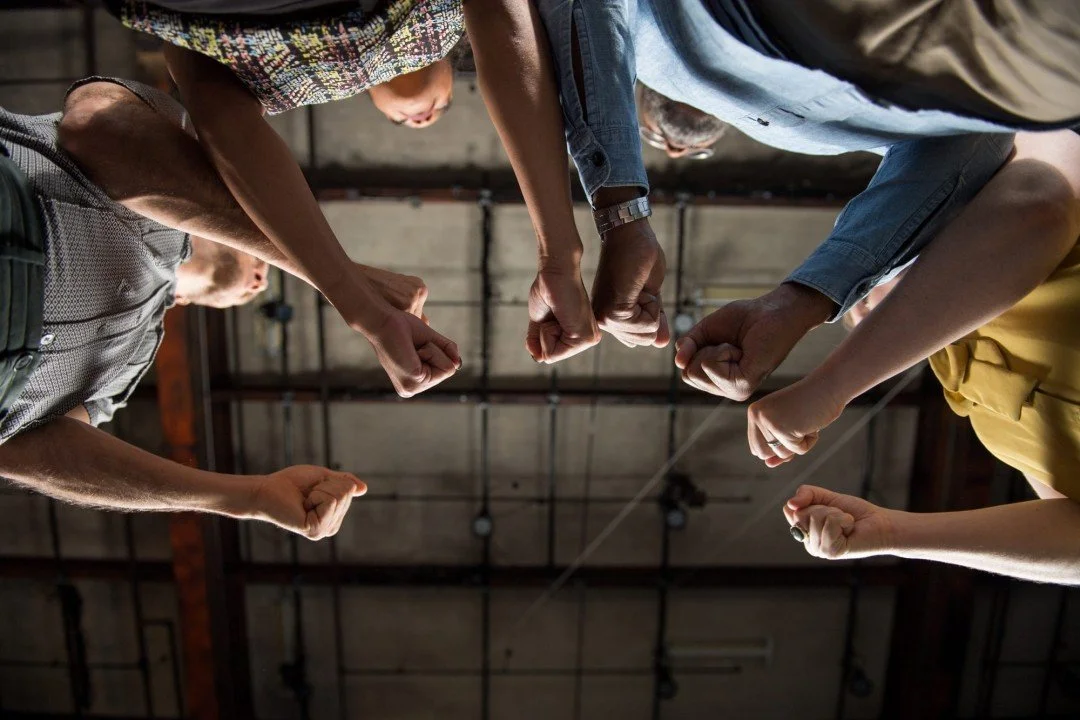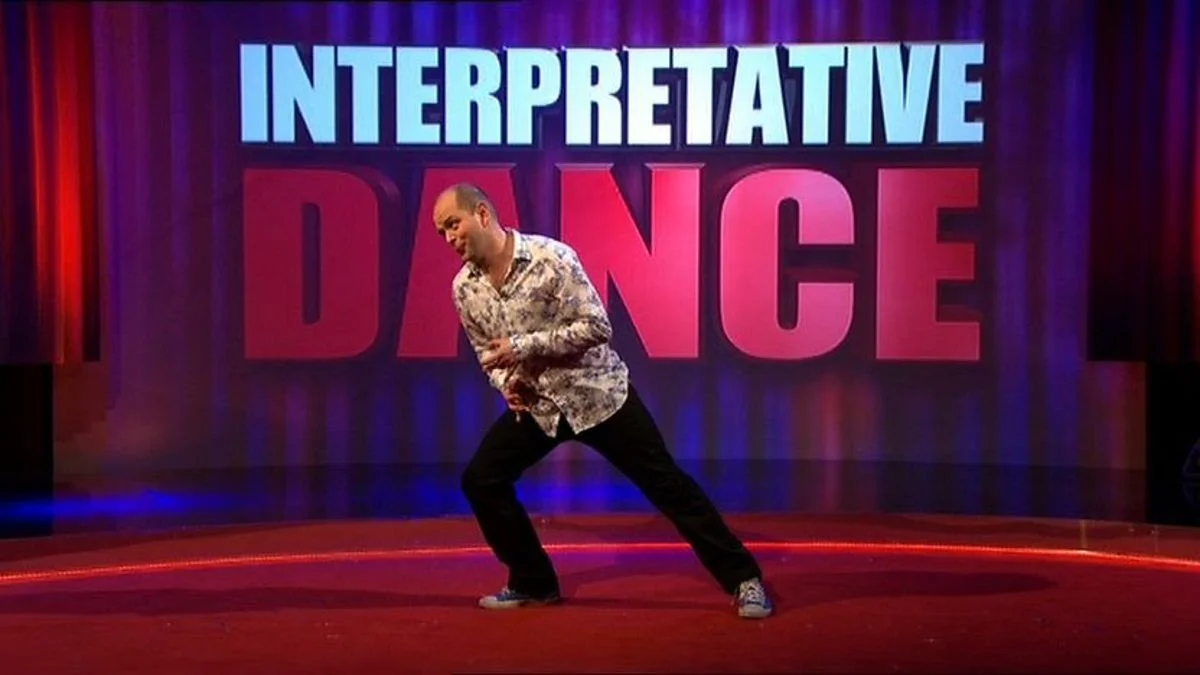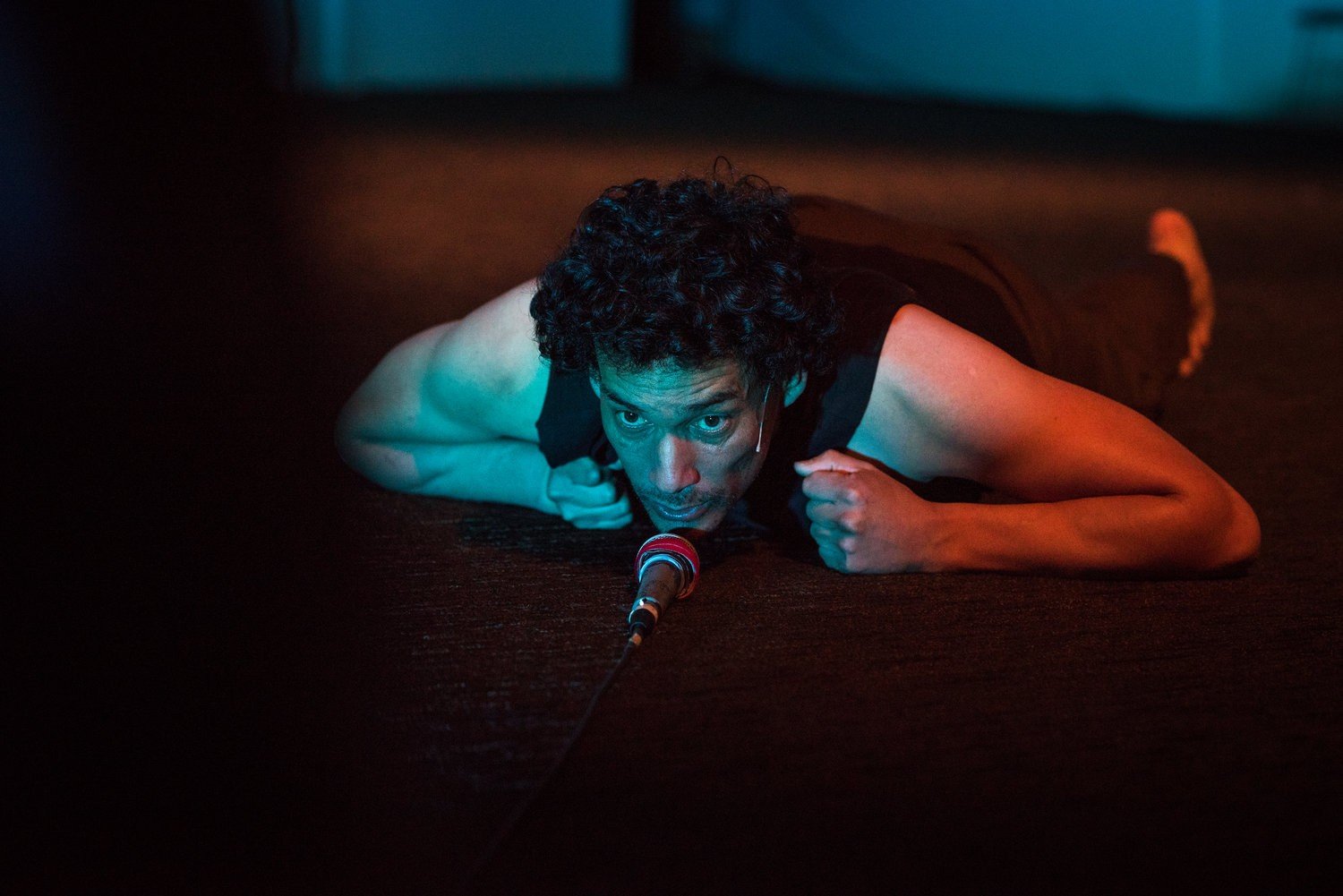Work as Art :: Art as a Catalyst
Photo by Tony Nguyen for the Joe Goode Performance Group
Part 5 of a series exploring the use of art at work and seeing work as art.
++++
Running a business of any kind is a complex undertaking. No matter what sector, size or stage of growth you are in, organizations inevitably reach points in their journey where they must pause and take a breath. These moments may be a crisis, a significant change in the environment, might be the result of turmoil inside of the organization, or a plateau, a stagnation, a signal of rapid growth and scale, or an intentional pivot. At these times an outside perspective is often useful for discernment, redefining intention and purpose, and unlocking potential in order to plot and maneuver the path ahead.
Consultants are often brought in at these moments. A common consulting practice is to begin with a discovery process to understand the organization and its context -- a review of organization artifacts, observations of the work environment and culture, interviews with a cross-section of leadership, staff, partners, and customers, and more. All of this data can reveal the opportunities and challenges facing the organization and illuminate potential solutions.
Discovery is hard work. The consultant attempts to remain a blank canvas, observing with an unbiased eye. At the end of this process, they reflect back to the organization an image of what they see and initial recommendations for a path forward. This reflection is often in the shape of a formal presentation and, yes, usually as a slideshow.
There is a corporate joke about doing an interpretive dance of a presentation, rather than a talk with lots of words and slides. It is certainly a funny image to imagine, a consultant dancing their report to an executive team, something akin to the BBC’s Funny Interpretive Dance Sketch.
But, joking aside, what if dance could in some way could capture and more effectively convey the current state of the organization? What if an artist joined the consultant’s discovery process and, listening through the lens of their craft, created their own representation of what they heard and understand – a dance performance, a song, a poem, an art installation, an illustration, or painting? Beyond the default PowerPoint deck, there is likely a felt experience of the organization that might be better captured through art. In fact, it could just be that art is a better way to express this and catalyze a deeper conversation about the current reality the change that might be needed.
It could just be that art is the best way to express this felt experience and catalyze the kind of conversation about the change that is needed.
An example of this kind of work has been conducted by the Joe Goode Performance Group, a small dance company in the San Francisco Bay Area. Joe and his team have created a piece of work they call the Resilience Project, which explores how we as humans deal with trauma, using storytelling & performance as a way to find strength in the face of adversity.
The company initiated the Resilience Project with a group of veterans in the small town of Manhattan, Kansas (in the USA). In their own discovery process, Joe and his team of dancers interviewed scores of vets, their families, and care providers. From their observations, they crafted a spoken word and movement performance based on what they heard and learned. “We layered the words into the dance,” Joe Goode said.
What the company uncovered, discerned and then performed startled the audience. “They communicated the essence of the resilience challenge in military veterans in ways that mere words cannot express,” remarked one community member.
New to the experience of war veterans, Joe Goode himself was very moved by the results of the project. He observed that "dance has a way of expressing something visceral that sometimes is hard to do in words; you can go farther in the feeling and the intensity of the feeling when you’re expressing it with the body.” This was particularly true in the Resilience Project. In their performance, Joe and his dancers had embodied the real feelings of veterans and through their performance catalyzed a remarkable healing process that supported the resilience of those interviewed as well as the resilience of this small Kansas community. Remarkable!
As a board member of the Company I heard much about the development of the Resilience Project and eventually had the privilege of seeing one of the performances. I am not a veteran but could immediately relate to the very human experience presented. I could feel the emotions and felt moved to this experience in a way I could not have anticipated. I am certain that reading about the veteran experience would not have impacted me nearly as profoundly as the visceral emotional performance I observed. Another example of the limitation of words to fully capture experience.
This experience catalyzed a thought for me about my work as a consultant -- what if the lessons from discovery were better gathered and presented through art?
What if the lessons from discovery were better gathered and presented through art?
In his famous work, Ways of Seeing, John Berger proposed that “seeing comes before words…“ I do believe there is an experience of an organization that comes before words, the felt experience, the unconscious or implicit aspects of culture. Perhaps the artist is uniquely equipped to see/feel/hear and represent that.
I have attempted to innovate my discovery presentations but am inspired to run this bolder experiment and see what results. My gut tells me this would be an extraordinary experience and learning. Is your organization willing to try this? Interpretive dance anyone?


